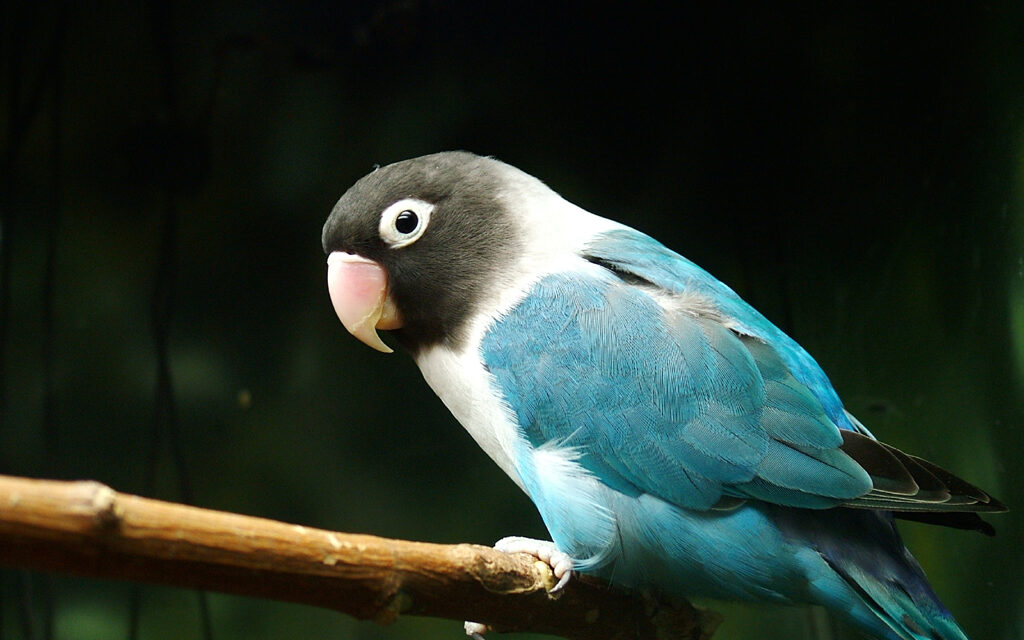
14 Fun Facts About Lovebirds
It's Valentine's Day. Love is in the air (for some, at least). Humans around the globe will express their love today through chocolate, greeting cards, and a cacophony of stuffed animals.
In the animal kingdom, though, relationships don't often fit with conventional human ideas of love. Female preying mantises feast on their male lovers after sex; red-sided garter snakes mate with multiple partners simultaneously. For most organisms, mating is purely a reproductive strategy to pass on their genetic material to their progeny; in the case of many species, such as voles, even monogamy comes with an evolutionary advantage.
The monogamous birds reach sexual maturity when they're about ten months old. Mating begins with courtship behavior, and can continue throughout their roughly 15-year lifespans. Monogamy is essential to the social stability of flocks and underlies much of their social behavior.
Advertisements
28 April 2022
Advertisements



